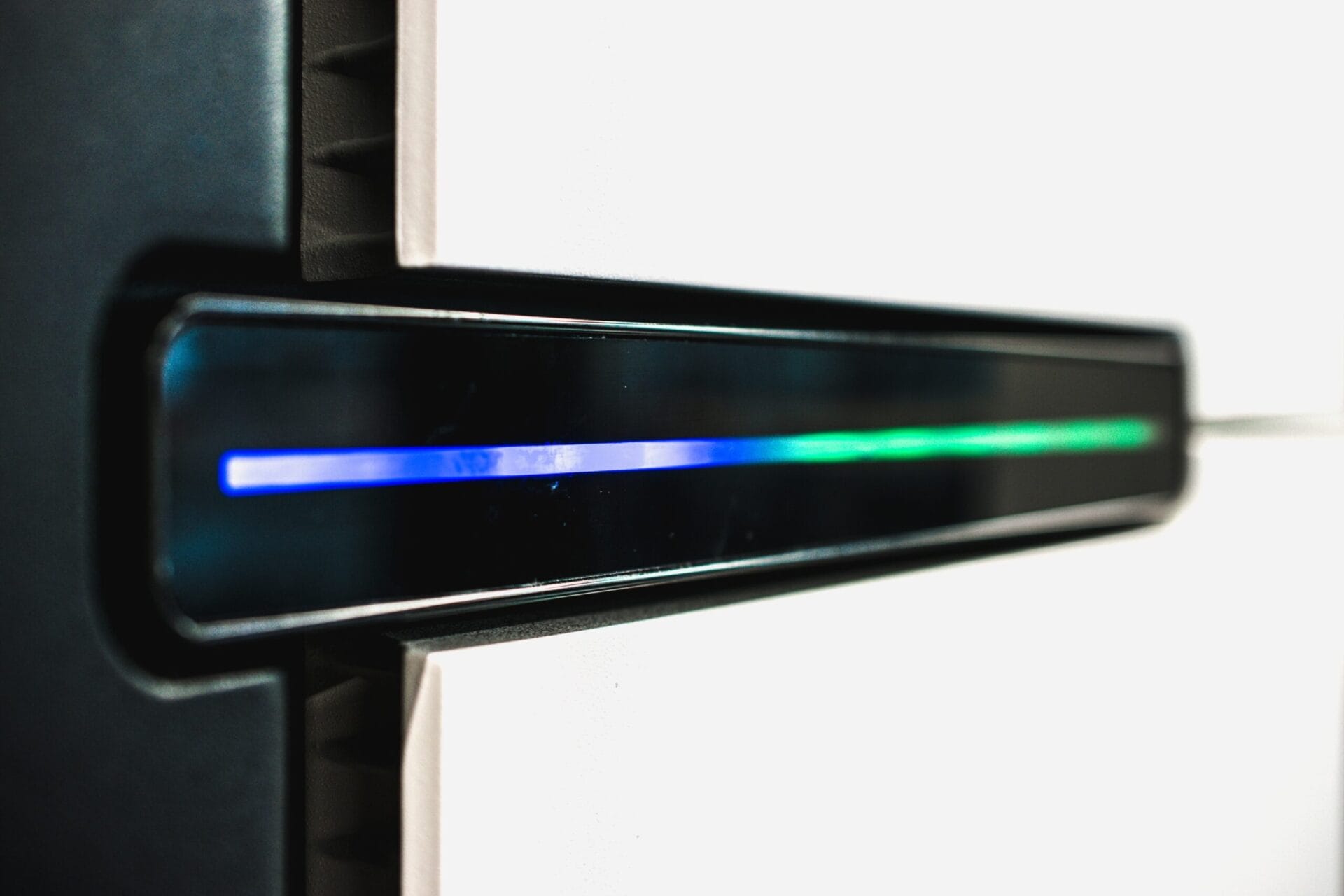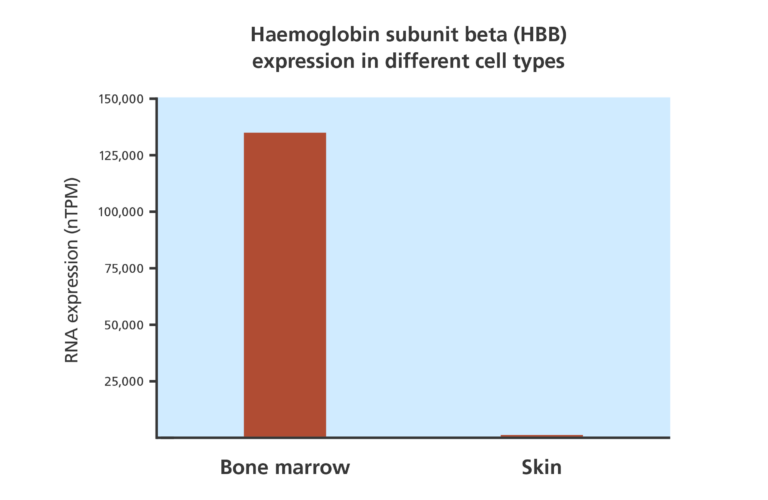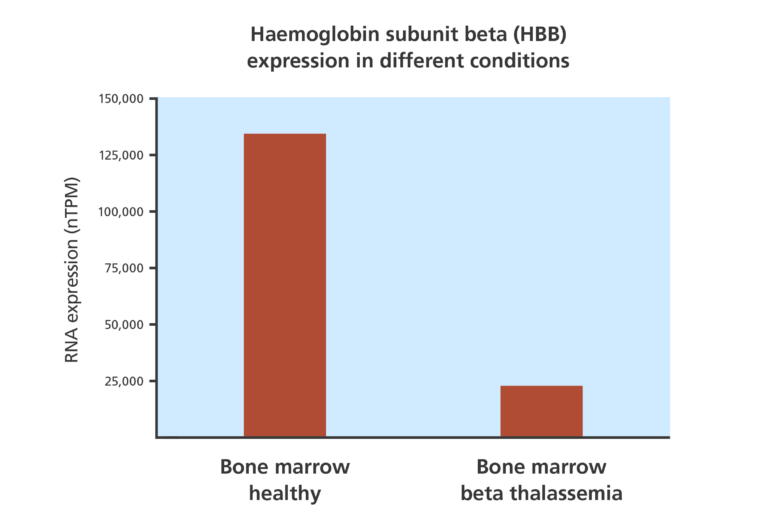What is RNA sequencing?
Image credit: Shutterstock

RNA sequencing is a technique used to identify the sequence of the bases that make up a molecule of RNA.
- RNA sequencing lets us discover more about which genes are expressed (turned on) or suppressed (switched off) at different times in different types of cells.
What is RNA sequencing?
- Most cells in an organism contain exactly the same genome, but there is a huge amount of variation in how different cell types look and function.
- Different combinations of genes are switched on or off in different cell types, resulting in the variety of structures and functions that we observe. We investigate these differences between cells in the same organism using RNA sequencing.
How can RNA sequencing help us understand what genes are active?
- We can work out which genes are switched on, and how fully they are switched on, using a technique called RNA sequencing (RNA-seq), which identifies the sequence of the bases that make up a molecule of RNA.
- RNA sequencing helps us understand which genes are causing interesting differences between different cells or tissues.
- For example, red blood cells are produced in the bone marrow, and so we find haemoglobin RNA in bone marrow cells. Conversely, skin cells would not need to produce haemoglobin, so we don’t find haemoglobin RNA in skin cells.

- RNA Sequencing can also help identify differences between healthy cells versus those which do not function properly because they are affected by disease.
- For example, healthy bone marrow cells express high amounts of haemoglobin RNA. However, bone marrow cells with beta thalassemia mutations - which causes less haemoglobin to be made - express much less haemoglobin RNA.

How does RNA sequencing work?
- The first step of RNA sequencing is to extract all of the RNA molecules from the cells being studied. Extracting the RNA is a tricky, multi-step process – perhaps surprisingly, single-stranded RNA is more easily damaged and destroyed than relatively tough double-stranded DNA!
- RNA-sequencing starts with RNA being used to make a copy of DNA, in a process inspired by transcription.
- This type of DNA is called complementary DNA (cDNA) and it is made using an enzyme called reverse transcriptase – named because it is the opposite of transcription!
- Once the cDNA is made it can be read, or sequenced, in the same way that all DNA sequencing is done
- Next-generation sequencing (NGS) methods enable us to sequence DNA on a large scale and at much lower costs than older methods such as microarrays.
- By sequencing each cDNA molecule, we can work out what RNA was present originally. This tells us both which genes are being transcribed (switched on), and how much they are switched on.
What can we learn from RNA sequencing?
- Gene functions: We don’t know the function of many genes. Looking at when and where a gene is switched on or off can help us understand what it might be doing.
- Genes associated with diseases: By comparing gene expression patterns between healthy and diseased tissues we can look for which genes are behaving differently. These genes might be involved in the cause of the disease - that’s where further investigation can be helpful, opening the way to techniques such as gene editing.
- Splicing: Before mRNA is used as instructions to make a protein, it can be cut into smaller sections and re-arranged in a process called splicing. RNA sequencing allows us to look at this in more detail and study the different ways in which mRNA can be re-arranged.
Article written by Olivia Edwards, PhD Student at the Wellcome Sanger Institute